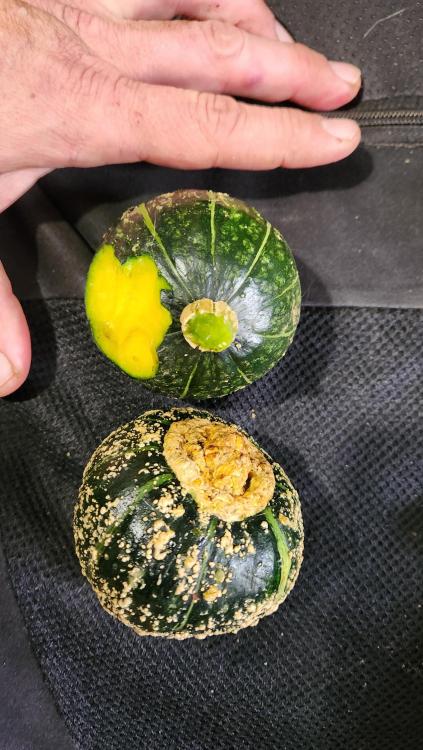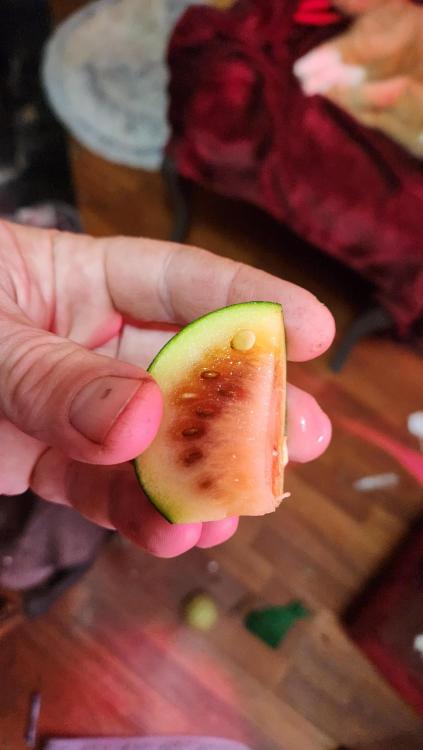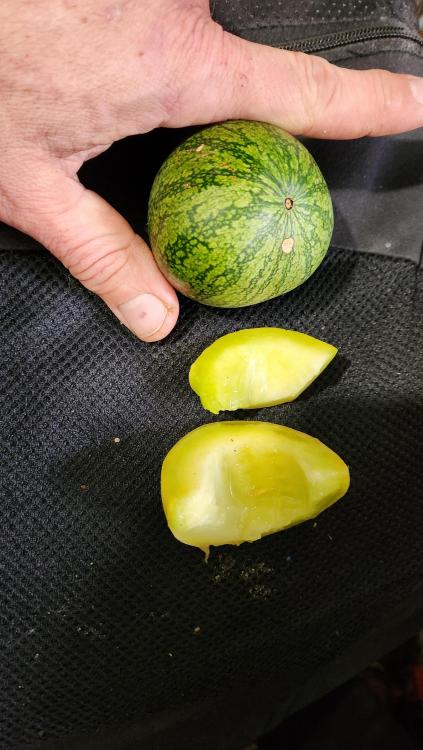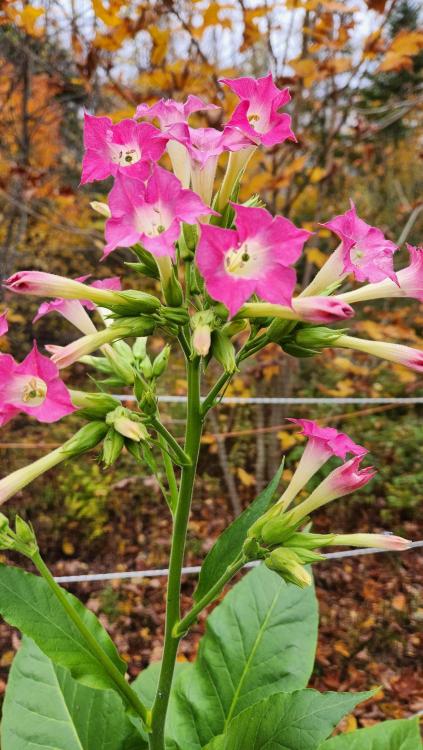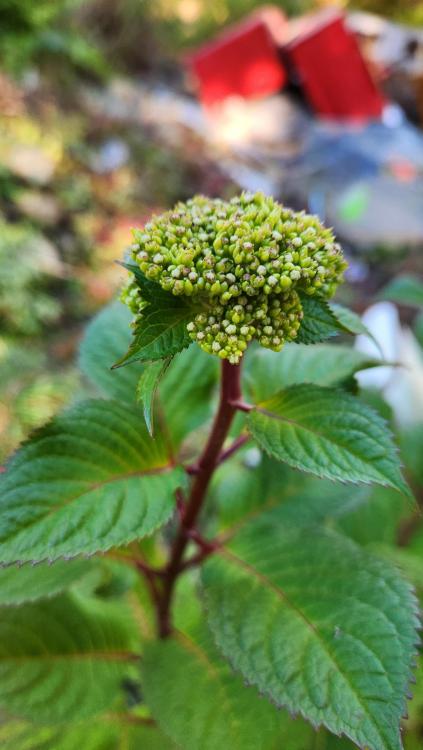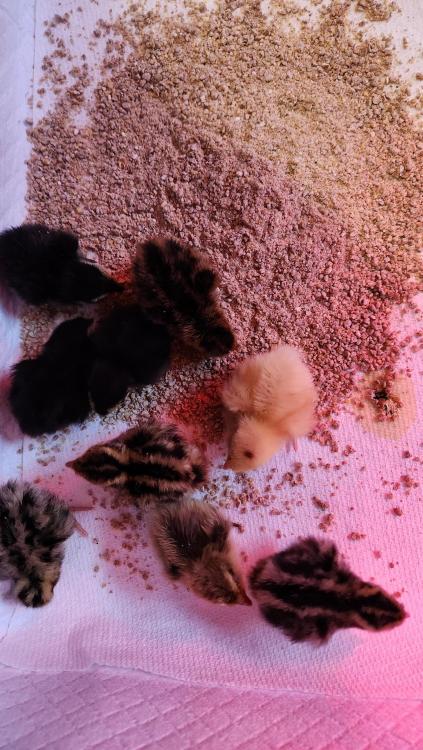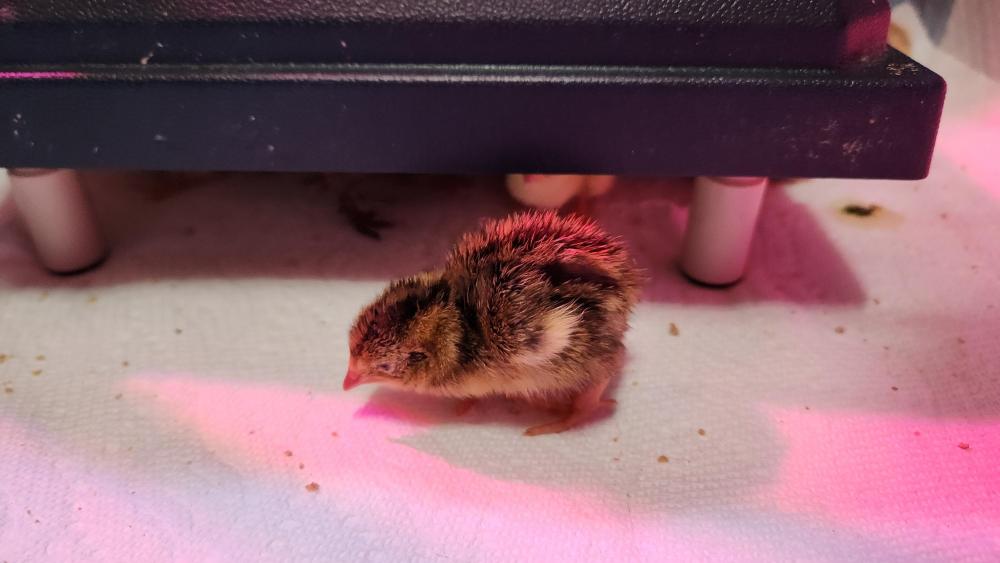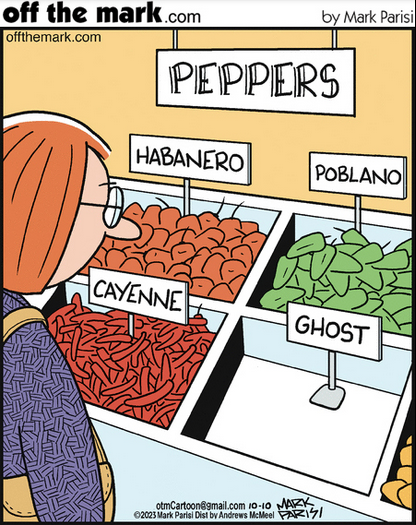-
Posts
6,333 -
Joined
-
Last visited
Content Type
Profiles
Forums
Store
Help Articles
Everything posted by chromedome
-
https://recalls-rappels.canada.ca/en/alert-recall/dubai-chocolate-recalled-due-salmonella
-
https://recalls-rappels.canada.ca/en/alert-recall/shaikh-al-kar-brand-plain-halva-recalled-due-salmonella-1
-
Kinda makes you long for the good ol' days of enoki mushrooms, doesn't it?
-
https://recalls-rappels.canada.ca/en/alert-recall/certain-roasted-pistachios-recalled-due-salmonella-0
-
First frost this year was on October 9th (slightly later than average), and the second was just last night. Not much still going in my garden, but I might actually get a few late florets from my poor broccoli plants, and the greens are finally producing (now that the days are short, and they won't grow briskly). I harvested 460g of kale and chard last night (just over a pound); we ate the chard with dinner and today I'll blanch and freeze the kale. There are still tomatoes to be stripped from the vines, especially the cherry tomatoes, but the grandkids have worn out on 'em. I may only plant one vine next year, we'll see how I feel in spring. I have a couple of my cherished Black Krims that died on the vine while I was away in NS, but I'll have the sense to preserve seed from those ones this time instead of ordering them from the seed company (duh). A couple of pics for your amusement: my lavish harvest of (respectively) melons and buttercup squash. The green one is a Sugar Baby watermelon, the bottom one is a hybrid that looks like a honeydew but tastes like a melon. Part of the latter had gotten mushy (hence it's cut up and incomplete), but it was fully ripened and tasty. The itty-bitty watermelon wasn't quite ripe, but at least had begun to taste like a watermelon. The squashes were slightly larger than the melons, though still tiny as you can see. One of them came "quality tested" by some garden critter, but to judge by the sugar warts on the lower one, they may have chosen poorly. I still haven't cooked these, though I will at some point in the next couple of days. On the upside, our nicotiana is blossoming and looked quite pretty. My little hydrangea also tried to blossom for the first time, but it was too little, too late. Not gonna complain, though. It almost died during its first winter, and took almost another year to bounce back and show some signs of growth. This was its third year, and it's finally flourishing.
-
Yup. That whole "follow your passion" thing is shitty career advice. I now tell younger people that "Your schooling will cost pretty much the same, no matter what. Find something that pays enough money to recoup your investment/pay off your student debt."
-
I thumbed from northern Newfoundland to Regina, SK in November of '81, with a duffle bag on my shoulder and $20 in my pocket, having by then flunked out of university after 3 semesters (technically they didn't give me the heave-ho, but I was cordially invited to find somewhere else to grow up) and been discharged from the military at the end of basic training (long story, but the TL;DR is family medical history rather than any misbehavior on my part). At that time unemployment in my part of NL was around 50% for sturdy grown-up men with, you know... actual skills and work experience. Saskatchewan then had both the lowest unemployment rate and highest minimum wage in the country, and that seemed like a good combination for a 17-yo with a very thin resume (one summer in a make-work job after high school, and then another in the small-boat fishery with my father and uncle). So, I hit the road. I spent my first night in Regina in a heated bus shelter on the city's little park/green space that took up a block or so in front of City Hall (did I mention it was November?), then the next morning went down to the federally-run employment office (then called Canada Manpower) and looked at the job listings. One of the ones that looked promising was for a pizza place in the south end of town that was looking for a cook's assistant, "no experience required." So I went down and interviewed with the manager, who basically just needed a warm body. I told him I'd worked for Ches' Fish & Chips for a couple of months in St. John's when I was at school, reckoning (correctly) that in those days of expensive long distance, he wasn't going to check. He hired me on the spot, and started taking my information for payroll. When we asked my address, I told him I didn't have one yet because I'd just arrived in town the night before. So he asked where I was staying, and what was a phone number where he could reach me. When I told him about the bus shelter he put down his pen and looked at me for a moment, then rubbed the bridge of his nose, and said "So you hitched 3000km with no money and no place to stay?" Yup, that was about the size of it. He sighed, and said "My kid joined the navy a little while ago. You can use his room for a few days until you find a place." (My mom sent him a Christmas card that year) That job was mostly prep: mixing the pizza sauce, slicing meats and veg, and also answering the phone if I happened to be closest when it rang. That was the first time I'd ever heard of this thing called "Hawaiian" pizza. A caller asked for it, and there it was on the order form, so I circled it and took the order in to the cook. I asked him what it was, and he thought I was kidding. So then he told me, and I thought he was kidding. Good times. I left amicably after several months, and parlayed that local reference plus my mythical time at Ches' into a job as third cook at a Fuller's restaurant (a Denny's-ish chain, the same family that owned/owns the higher-profile Earl's chain) that was closer to where I was living at the time, just across the downtown. I was in the Cathedral district, if any of you know Regina at all. I did that for several months as well, then went off to do other things for... oh, 20-ish years, I guess, before career-shifting and graduating from culinary school at 40.
- 14 replies
-
- 10
-

-
I'm out of province at the moment, so here's a roundup of the past few days' ongoing pistachio-related carnage: https://recalls-rappels.canada.ca/en/alert-recall/various-pistachio-containing-products-recalled-due-salmonella-6 https://recalls-rappels.canada.ca/en/alert-recall/certain-roasted-pistachios-recalled-due-salmonella-0 https://recalls-rappels.canada.ca/en/alert-recall/certain-roasted-pistachios-recalled-due-salmonella https://recalls-rappels.canada.ca/en/alert-recall/certain-roasted-pistachios-recalled-due-salmonella-0
-
...and in another fun little bit of analysis, cat-scat coffee gets detailed scrutiny. https://arstechnica.com/science/2025/10/fermentation-is-key-to-coffee-beans-gleaned-from-civet-feces/
-
I know the knife mavens here will be tempted to snark about the "In further news, water proven wet!" aspect of it, but the whole food science movement over the past couple of decades has revolved around empirically examining things everybody "knows." In this case, the paper documents/validates the longstanding assertion that using a sharper knife is the way to keep onion-cutting from irritating your eyes. https://www.pnas.org/doi/10.1073/pnas.2512779122
-
https://recalls-rappels.canada.ca/en/alert-recall/various-pistachios-and-pistachio-containing-products-recalled-due-salmonella-3
-
Annnnnd, back to pistachios. https://recalls-rappels.canada.ca/en/alert-recall/various-pistachios-and-pistachio-containing-products-recalled-due-salmonella-2
-
There's an Ontario recall on ground beef (E. coli) but it's limited to one retailer in London. https://recalls-rappels.canada.ca/en/alert-recall/certain-ground-beef-products-recalled-due-e-coli-o157h7 ETA: Ninja'd by ElsieD after opening this tab.
-
Baklava this time, just for a change of pace. https://recalls-rappels.canada.ca/en/alert-recall/baklava-recalled-due-salmonella
-
Huh. In my own kitchen I can assure you there's no difference, because I buy the big jar and use it to refill my squeeze bottle.
-
https://recalls-rappels.canada.ca/en/alert-recall/green-pistachios-recalled-due-salmonella
-
Pistachios, again/still. https://recalls-rappels.canada.ca/en/alert-recall/basha-foods-brand-raw-shelled-pistachio-kernal-recalled-due-salmonella https://recalls-rappels.canada.ca/en/alert-recall/certain-pistachios-recalled-due-salmonella-1
-
"Big enough to swaddle a baby" spinach.
-
https://recalls-rappels.canada.ca/en/alert-recall/certain-pistachios-recalled-due-salmonella-1
-
-
An update on one of the BC pistachio recalls. https://recalls-rappels.canada.ca/en/alert-recall/certain-raw-pistachios-recalled-due-salmonella







